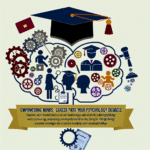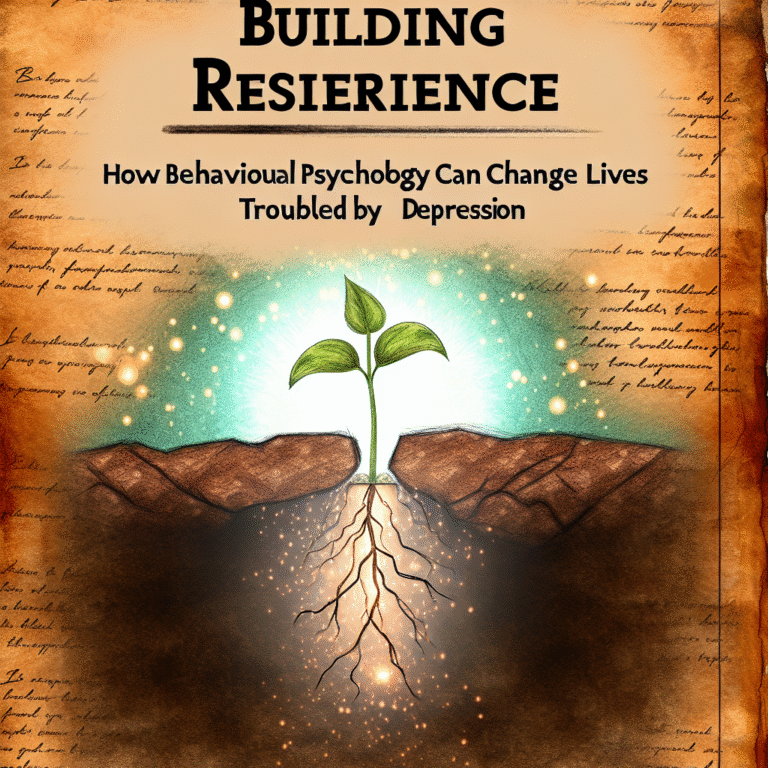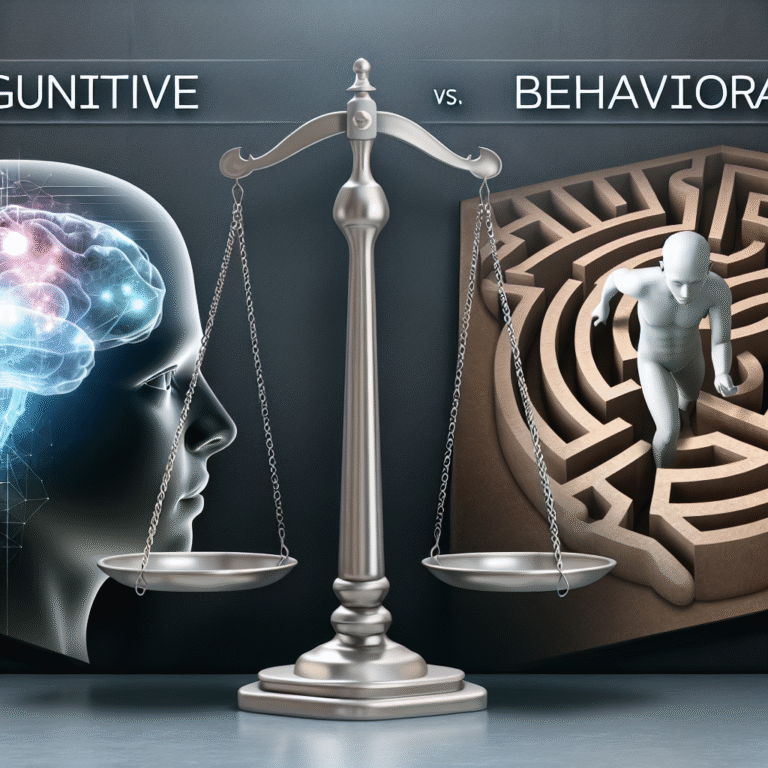
Beyond Memorization: How Behavioral Learning Theories Foster Real Understanding
Introduction
In today’s rapidly evolving educational landscape, mere memorization is no longer sufficient. Educators and learners alike are increasingly recognizing the need for deeper understanding, critical thinking, and practical application of knowledge. This shift in focus has brought behavioral learning theories to the forefront, illuminating how they can drive genuine comprehension. As we delve into the essence of Beyond Memorization: How Behavioral Learning Theories Foster Real Understanding, we’ll explore the principles underlying these theories, examine their real-world applications, and investigate how they can lead to lasting educational success.
To grasp the full importance of this topic, let’s consider a simple yet profound question: What happens to the knowledge acquired through rote memorization when the exam is over? Too often, the answer is forgetfulness. However, through the lens of behavioral learning theories, we can cultivate environments that foster deeper connections, enabling learners to turn information into actionable knowledge. This article will take you beyond mere facts and figures, allowing you to explore the transformative power of understanding.
Understanding Behavioral Learning Theories
The Foundation of Behavioral Learning Theories
Behavioral learning theories, rooted in the works of psychologists like B.F. Skinner and Ivan Pavlov, emphasize observable behaviors rather than internal thoughts. These theories suggest that learning is a process of change in behavior due to the environment, experience, and interactions. At the heart of this framework lies the idea that positive reinforcement can cultivate desired behaviors, while negative reinforcement and punishments can discourage unwanted ones.
Table 1: Key Figures in Behavioral Learning Theories
| Psychologist | Contribution |
|---|---|
| B.F. Skinner | Introduced the concept of operant conditioning. |
| Ivan Pavlov | Pioneered classical conditioning with his experiments on dogs. |
| Albert Bandura | Developed social learning theory, emphasizing observational learning. |
By understanding these foundational principles, educators can create learning environments that prioritize engagement and real understanding.
The Shift from Memorization to Understanding
One of the limitations of traditional learning approaches is the over-reliance on memorization. Students often regurgitate facts without fully comprehending the underlying concepts. Behavioral learning theories advocate for approaches that foster real understanding, emphasizing the significance of applying knowledge in practical settings.
For instance, consider the case of a high school biology class. Instead of memorizing the parts of a cell, students could engage in hands-on activities like building a model cell. This task allows them to observe, discuss, and ultimately understand cell functions, transcending rote memory. The relevance here lies in the ability to connect theoretical knowledge to practical application—a core tenet of the behaviors we aim to encourage.
Real-World Applications of Behavioral Learning Theories
Classroom Strategies that Foster Understanding
Incorporating behavioral learning theories into everyday classroom settings leads to numerous innovative strategies, including gamification, immediate feedback, and collaborative learning. Here are some examples:
1. Gamification
Gamification, or the integration of game elements in non-game contexts, captivates students by making learning fun and competitive. Research shows that leveraging game dynamics can improve engagement and motivation. For example, a math teacher may use a point system where students earn rewards for completing problems correctly, encouraging them to engage more actively with the material.
2. Immediate Feedback
Immediate feedback is essential in behavioral learning theories. It allows students to understand what behaviors to reinforce or modify. Tools like online quizzes or classroom response systems can provide instant feedback, helping learners adjust their approaches and cement their understanding in real-time.
3. Collaborative Learning
Collaborative learning harnesses the social aspects of learning, allowing students to work in groups to solve problems or discuss concepts. This approach engages multiple perspectives, enhancing understanding as students learn from one another. When employed effectively, collaborative strategies have shown to increase retention and application of knowledge.
Case Study: The Flipped Classroom Model
A powerful example of these strategies in action is the flipped classroom model, which flips traditional teaching on its head. In this setting, students review instructional content at home—through videos or reading materials—and use class time for active learning activities. Early adopters of this model, such as at the University of Colorado Boulder, reported increased student engagement and improved understanding of complex subjects.
Analysis of the Flipped Classroom
In evaluating the success of the flipped classroom, we see not only a shift in how students engage with content but also a significant decrease in memorization-related anxiety. Students are encouraged to explore ideas at their own pace, embedding understanding through application rather than rote recall. This model aligns perfectly with the concept of Beyond Memorization: How Behavioral Learning Theories Foster Real Understanding by promoting independence and critical thinking.
The Role of Educational Technology
Enhancing Learning Experiences
The integration of technology in the classroom has dramatically changed the landscape of education, providing tools that align with behavioral learning theories. Learning Management Systems (LMS) and adaptive learning technologies can personalize learning experiences based on individual student progress and responses.
Chart 1: Benefits of Educational Technologies in Foster Real Understanding
| Benefit | Description |
|---|---|
| Personalization | Adapting content to meet the individual learning pace and style. |
| Engagement | Incorporating multimedia elements that captivate and retain student interest. |
| Data-Driven Insights | Analyzing learner data to refine teaching strategies and improve outcomes. |
For instance, platforms utilizing gamification elements can make lessons more engaging while reinforcing desired behaviors, emphasizing the core principles behind Beyond Memorization: How Behavioral Learning Theories Foster Real Understanding.
Interactive Learning Tools
Interactive learning tools, such as educational games and simulation software, allow students to engage dynamically with subject matter. For instance, chemistry students can use virtual labs to experiment safely and observe chemical reactions. Such experiences create memories linked to comprehension, transcending the boundaries of simple memorization.
Assessing Understanding: More than Tests
The Limitations of Traditional Assessments
Standardized tests often rely heavily on memorization, measuring a student’s ability to recall facts rather than demonstrating understanding. This method can fail to capture genuine comprehension and downplay critical thinking abilities.
Alternative Assessment Strategies
In contrast, behavioral learning theories encourage assessments that reflect true understanding. Formative assessments, projects, and presentations allow students to showcase their knowledge in meaningful ways. For example, project-based learning tasks require students to research, collaborate, and present findings—an approach that emphasizes application and process over simple fact recall.
Table 2: Comparison of Assessment Methods
| Method | Focus | Example |
|---|---|---|
| Traditional Testing | Memorization | Multiple-choice quizzes |
| Formative Assessments | Understanding | Group projects |
| Performance-Based | Application | Presentations or simulations |
Case Study: Project-Based Learning
Project-based learning (PBL) has gained traction as a potent alternative assessment strategy. An example can be seen in a high school environmental science class where students conducted a project investigating local water pollution. Not only did they track sources of pollution, but they also presented actionable solutions to community stakeholders.
Analysis of Project-Based Learning
This approach not only engaged students but encouraged them to apply their knowledge in real-life contexts—crucial for understanding. As students navigate challenges and collaborate, their learning is substantiated, showcasing the value of understanding over memorization within the framework of Beyond Memorization: How Behavioral Learning Theories Foster Real Understanding.
Promoting Lifelong Learning
The Shift Towards Continuous Learning
In a world characterized by rapid change, the ability to learn continuously is more critical than ever. Behavioral learning theories align with this concept, promoting habits that foster real understanding. When students know how to learn effectively, they become more equipped to adapt, thrive, and innovate throughout life.
Practical Strategies for Lifelong Learning
- Cultivate Curiosity: Encourage learners to ask questions and seek out answers beyond the classroom.
- Empower Problem Solving: Create scenarios where students must develop solutions creatively and collaboratively.
- Embrace Reflective Practice: Teach students to reflect on their learning processes, allowing them to adjust their approaches as needed.
By embedding these strategies in everyday learning, we move towards a model that champions understanding over memorization, laying foundations for lifelong learners.
Conclusion
As we venture Beyond Memorization: How Behavioral Learning Theories Foster Real Understanding, it becomes clear that effective education significantly transcends rote learning. Through engaging methodologies, real-world applications, and technology integration, behavioral learning theories help cultivate deeper comprehension in ways that empower students to thrive both now and in the future.
The challenge lies in educators adapting these theories into practical frameworks within their classrooms and institutions. When we prioritize understanding, we witness a shift in educational culture—one that values questions, exploration, and above all, lasting comprehension.
In your journey to foster real understanding, remember to engage with your learners, encourage curiosity, and provide them with opportunities to explore and apply their knowledge actively. The future of education lies not just in what we remember, but in how we understand.
FAQs
1. What are behavioral learning theories?
Behavioral learning theories are educational frameworks that focus on observable behaviors as outcomes of learning. They emphasize the influence of the environment, experiences, and reinforcement (positive or negative) on learning.
2. How do behavioral theories differ from cognitive theories?
While behavioral theories focus on observable behaviors shaped by external stimuli, cognitive theories emphasize internal thoughts and processes. Cognitive theories investigate how information is processed and retained, supporting the need for understanding.
3. Can behavioral learning theories apply to all subjects?
Yes, behavioral learning theories can be adapted for all subjects. They provide a foundation for creating engaging, practical, and interactive learning experiences across disciplines—from science and mathematics to languages and arts.
4. What role does technology play in behavioral learning?
Technology enhances behavioral learning by providing interactive tools and resources that engage students. Educational technologies can be gamified, personalized, and data-driven, fostering environments that support real understanding.
5. How can teachers implement these theories in their classrooms?
Teachers can implement behavioral learning theories by creating engaging lesson plans, using games and simulations, providing immediate feedback, encouraging collaboration, and developing alternative assessment methods focused on real-life applications.
By addressing common questions, we further illuminate how embracing these theories can significantly enhance educational practices, ultimately enriching the learner’s experience and understanding.
















